The gain of an inverting opamp, assuming the open loop gain >> closed loop gain, is given by \$- \frac {R_f} {R_i}\$ and in your case that is \$- \frac {R2} {R1}\$. You can read about the derivation at this question. (The - shows phase inversion).
A practical consideration is to keep the feedback resistance in a reasonable range (typically below 100k and above perhaps 1k or so although lower feedback resistances can be found - the reason is to minimise the amount of current in the feedback loop while avoiding a low frequency pole caused by a very high feedback resistance).
The impedance 'seen' by the inverting input is R2 || R1 and to prevent (or at least minimise) voltage offsets caused by input bias current, R3 should be equal to that value. The || means 'in parallel'.
The input impedance as 'seen' by the signal source is simply R1 as the inverting input is a virtual ground.
Taking standard values, we could select R2 = \$100k \Omega \$ and R1 = \$10k \Omega\$ for a gain of -10.
R3 should be equal to the parallel equivalent of those which is \$ \frac {R2R1} {R2 + R1}\$ = \$9.09k \Omega \$. A standard value that is close would be \$9.1k \Omega \$
The input impedance is simply R1 (because assuming the opamp is within it's common mode range, the inverting input is at 0V) and is therefore \$10k \Omega\$ for this example.

